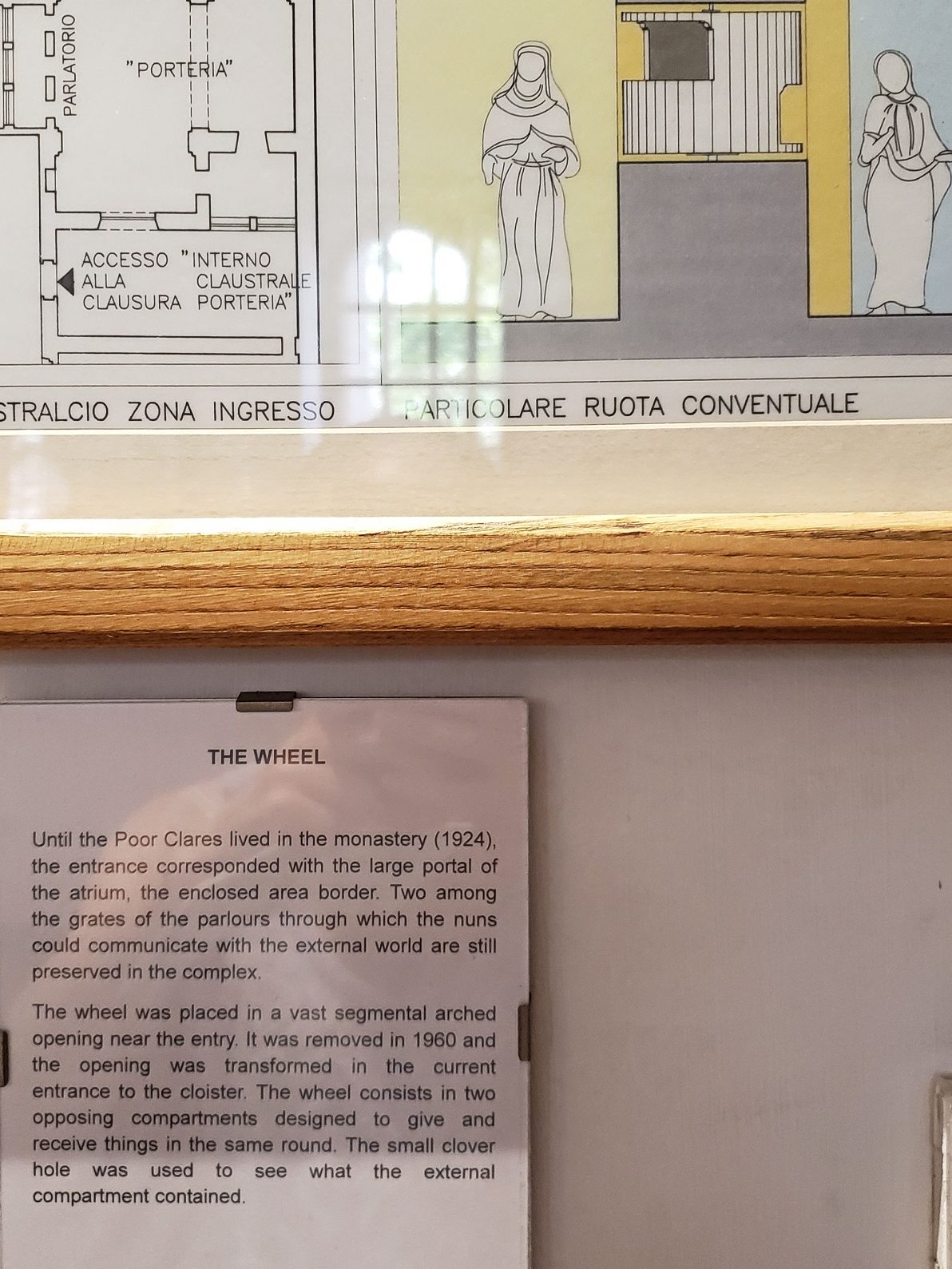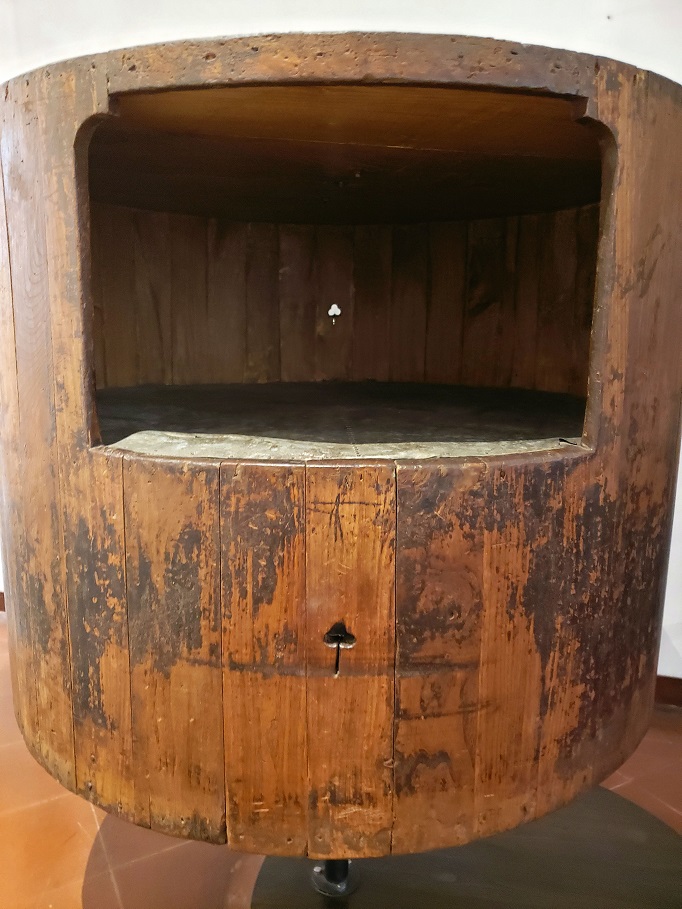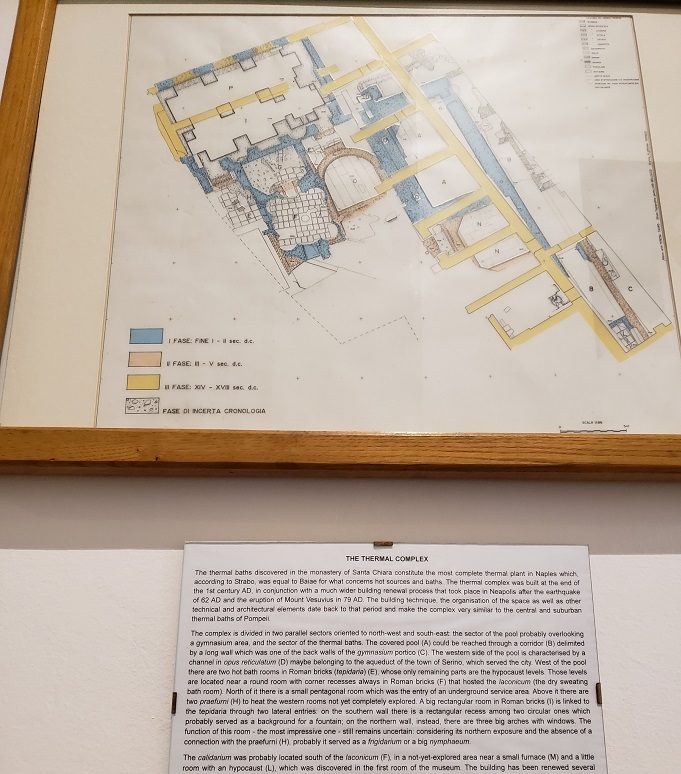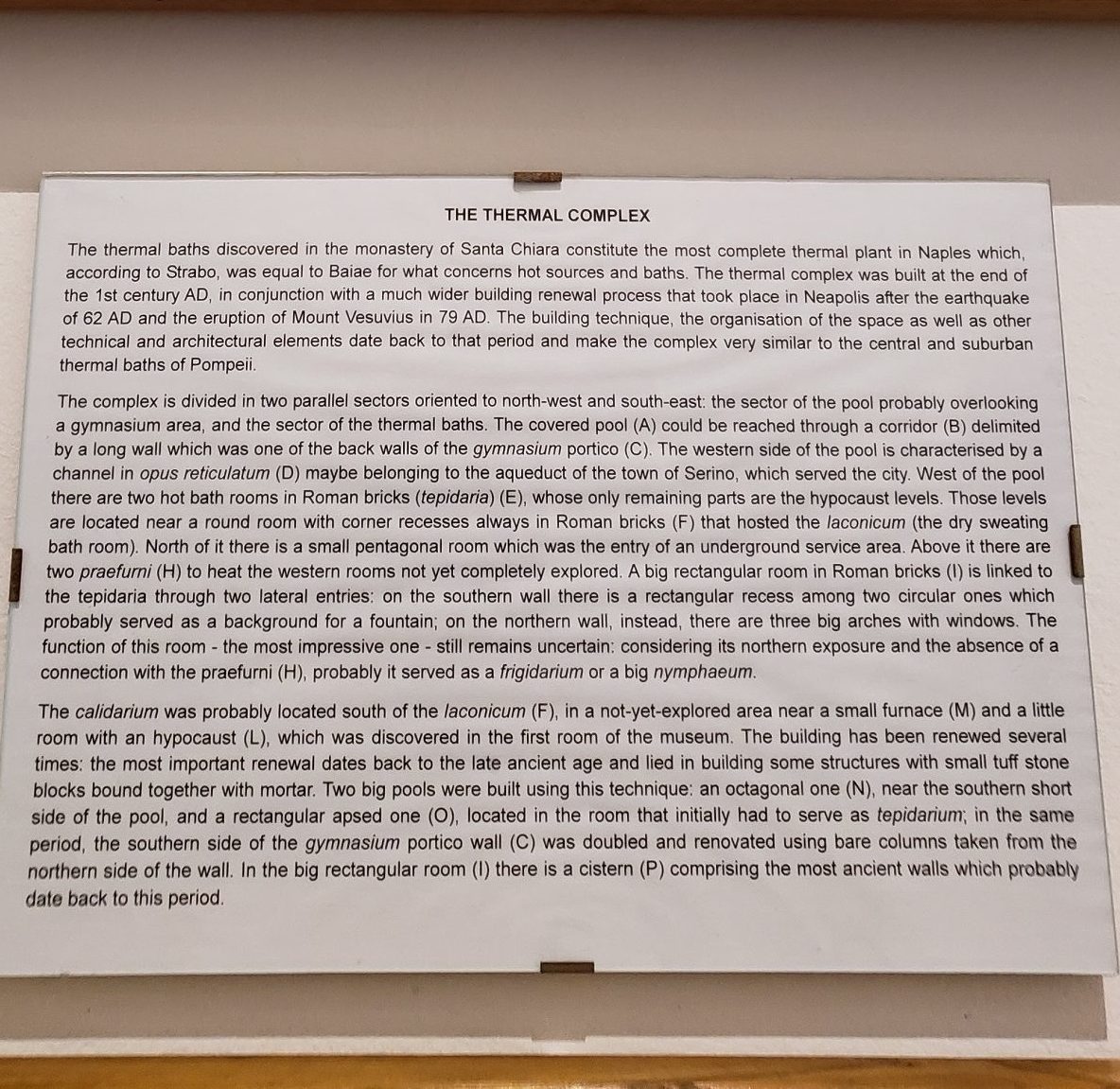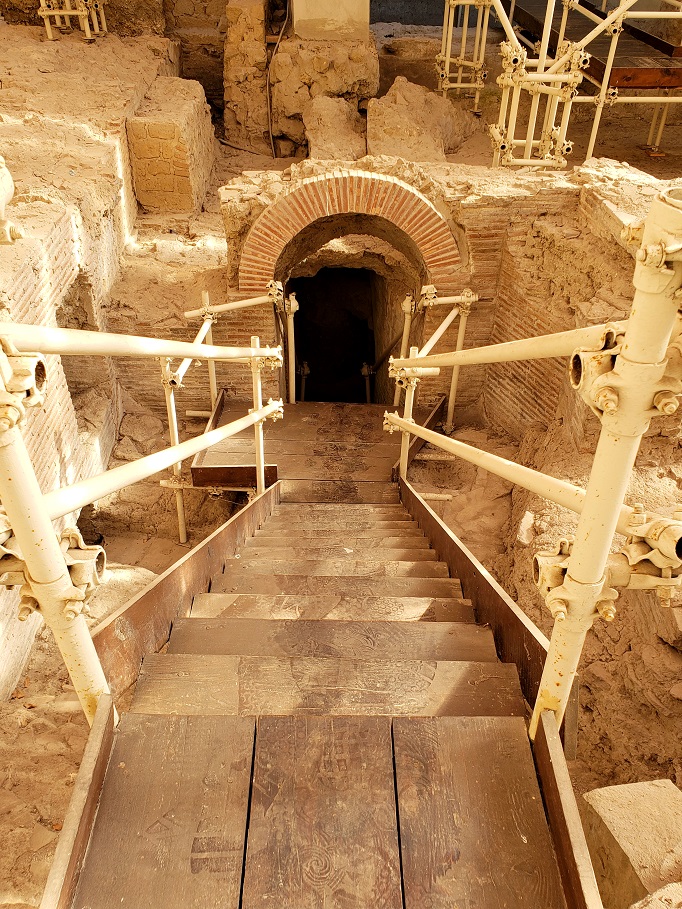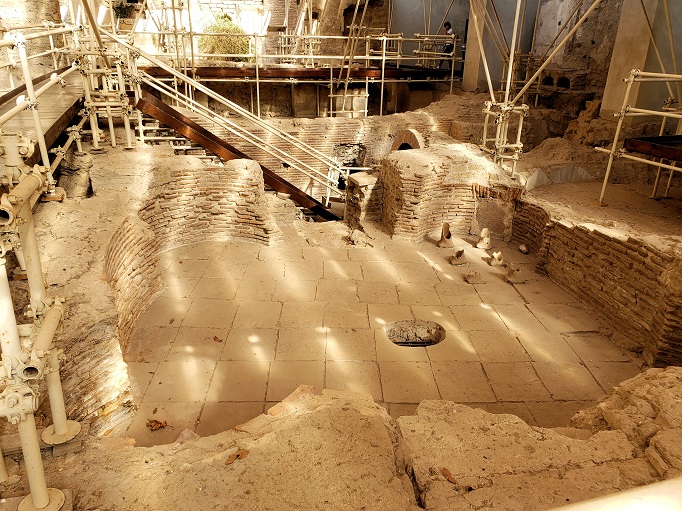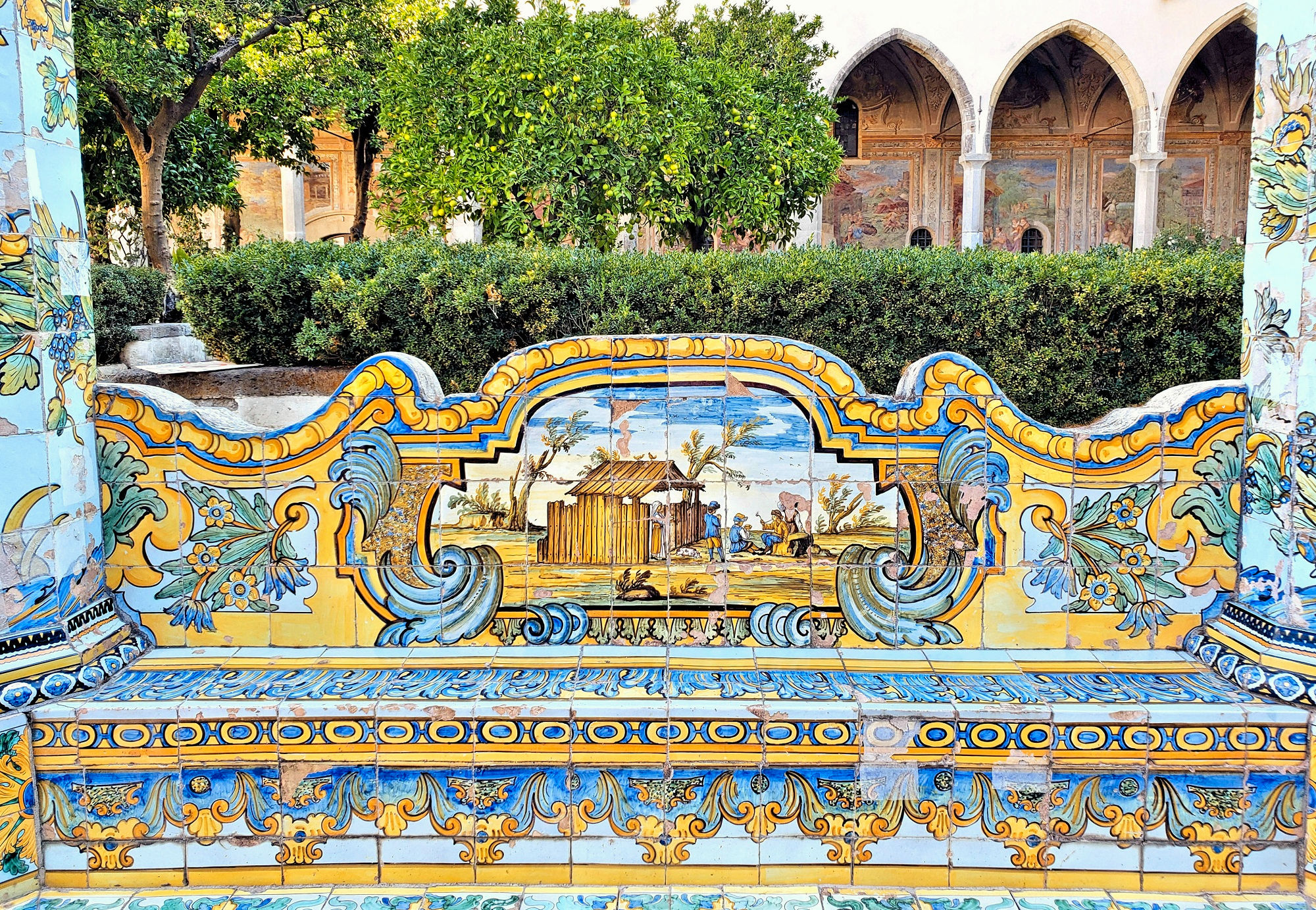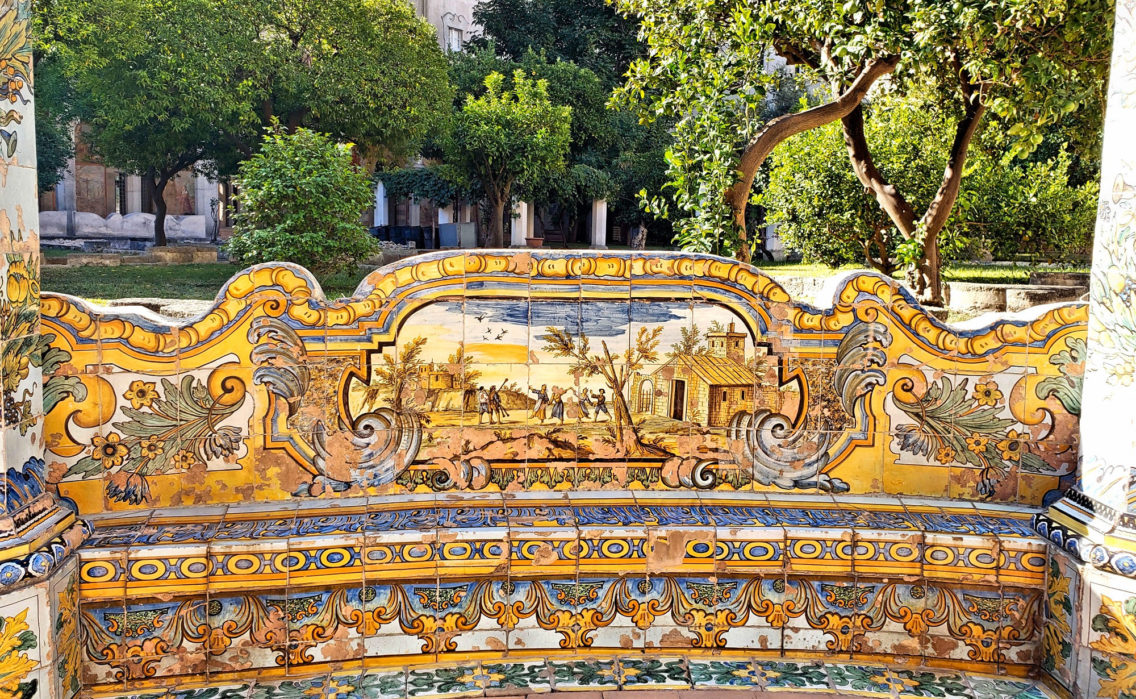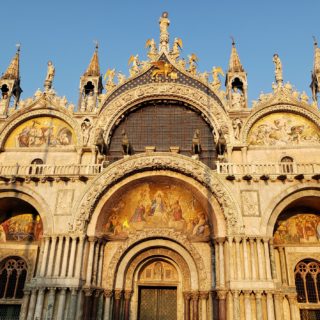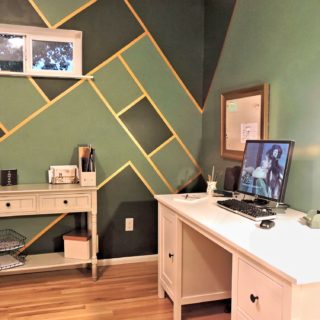Naples Italy is a superb base for a multitude of nearby day trips. From Its main train station, its metro, and its ports, one can easily visit Pompeii, Herculaneum, the Royal palace in Caserta, Greek Temples at Paestum, Pozzuoli, Cumae, the islands of Ischia and Capri, and the list goes on.
Aside from being a hub for exploits nearby, it’s also worth taking a day to explore Naples itself. In Naples I found a rebellious, urban hip culture and endless graffiti unapologetically layered over turn of the century history that was stacked on top of an entire classical infrastructure, which in turn resided atop ancient ruins. Rather like the towering pieces of a Jenga puzzle game. Being a tourist in Naples can be both tumultuous and fun. To help keep the lively disarray enjoyable..
I have picked five must do’s for one great day in Naples, Italy.
1. Spaccanapoli & other Narrow Streets:
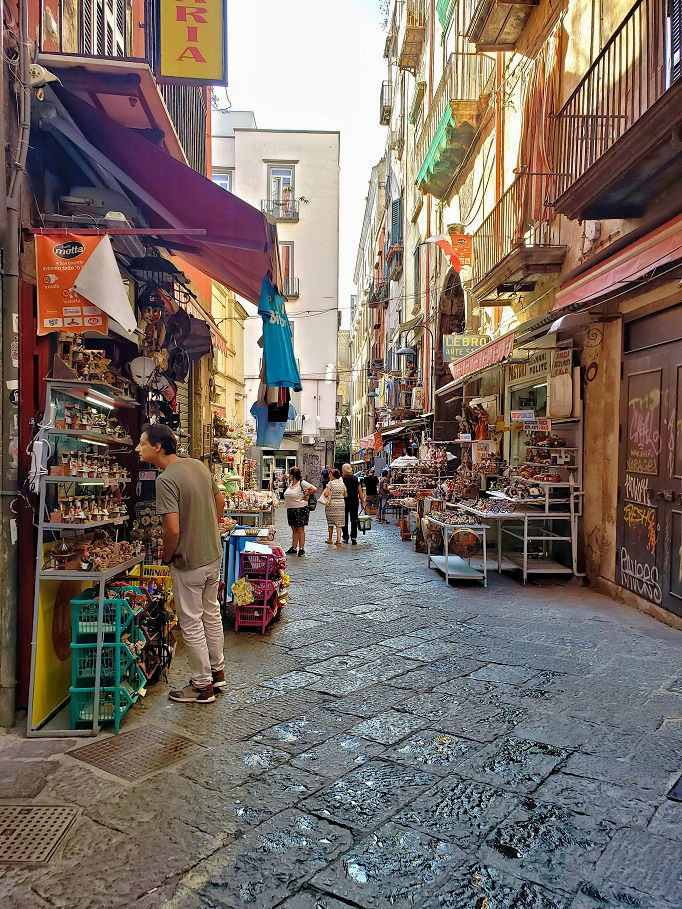
First off one should definitely explore some of the narrow streets, crowded with little shops. These alley like streets are quite diverting in a crazy chaotic sort of way. As you wind your way through the streets, at some point stop at a cafe to try, Sfogliatelle.
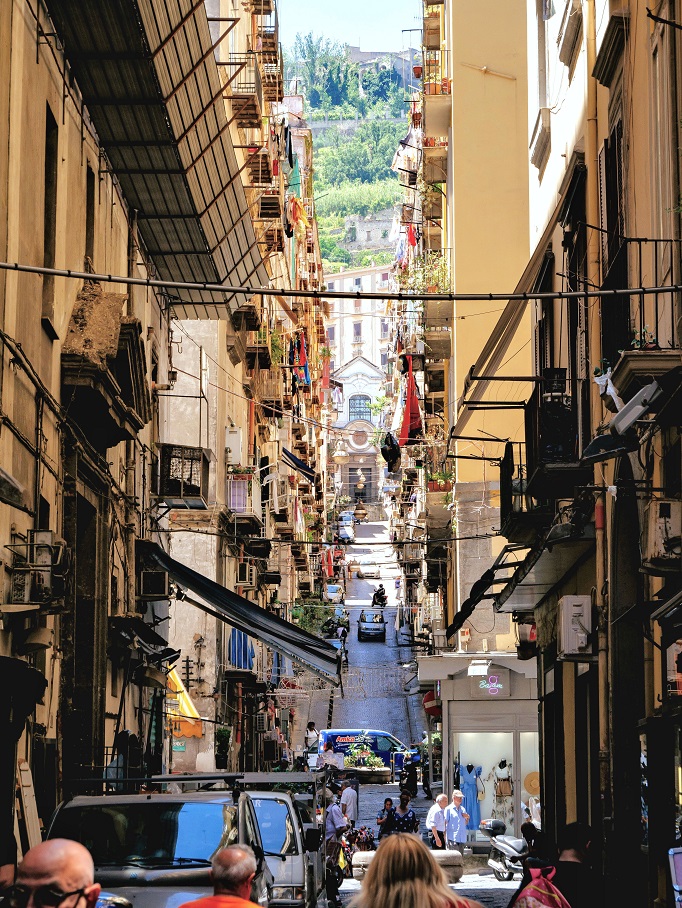
2. Sfogliatelle:
This Neapolitan pastry originates from the Campania region around Naples and is made with a subtle orange flavored ricotta filling. There are two varieties: the ruffled “riccia” and the simpler “frolla” and both are divine.
Try to find them warm and fresh baked if you can, but be wary of cafes in close proximity to the central train station in Piazza Garibaldi. I tried a Sfogliatella pastry at a café near Napoli Centrale that was so bad I spit it out in my bare hand. Good Sfogliatelle will taste like heaven descending around you.
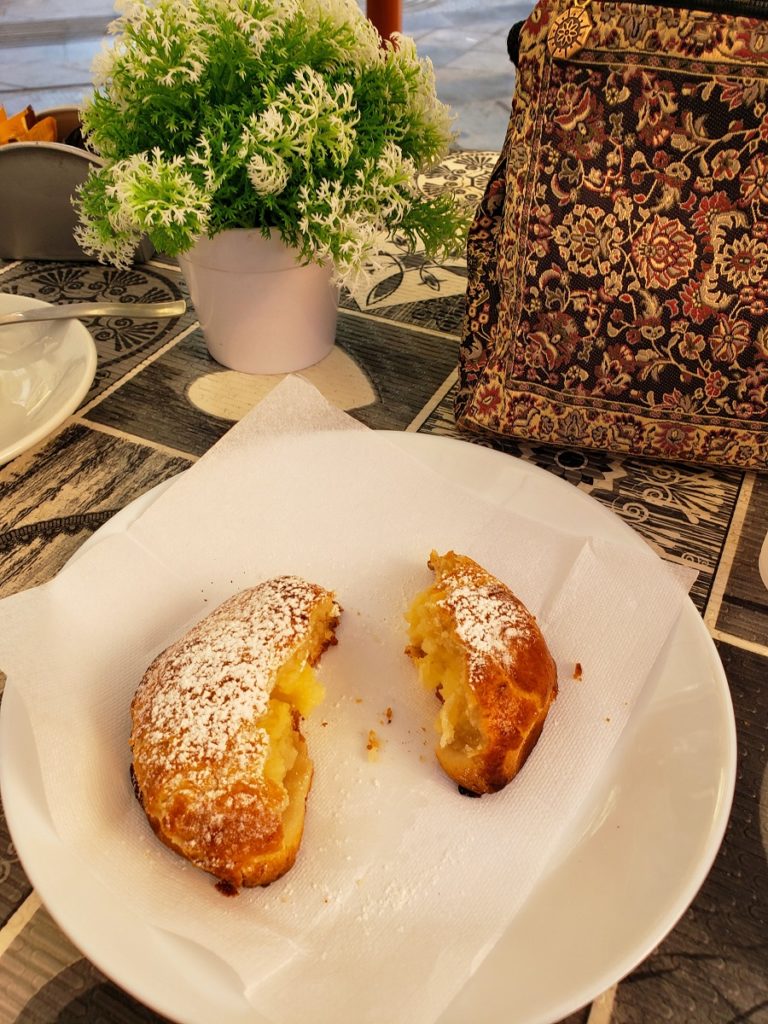
As you continue to explore, make sure you stop to visit the..
3 & 4. Museo Cappella Sansevero and the Naples National Archeological Museum:
The Cappella Sansevero has some incredible rococo period marble sculptures. The amazing lifelike details of the veiled Christ, disillusion, and modesty, statues are stunning. Unfortunately, the Cappella does not allow photos.
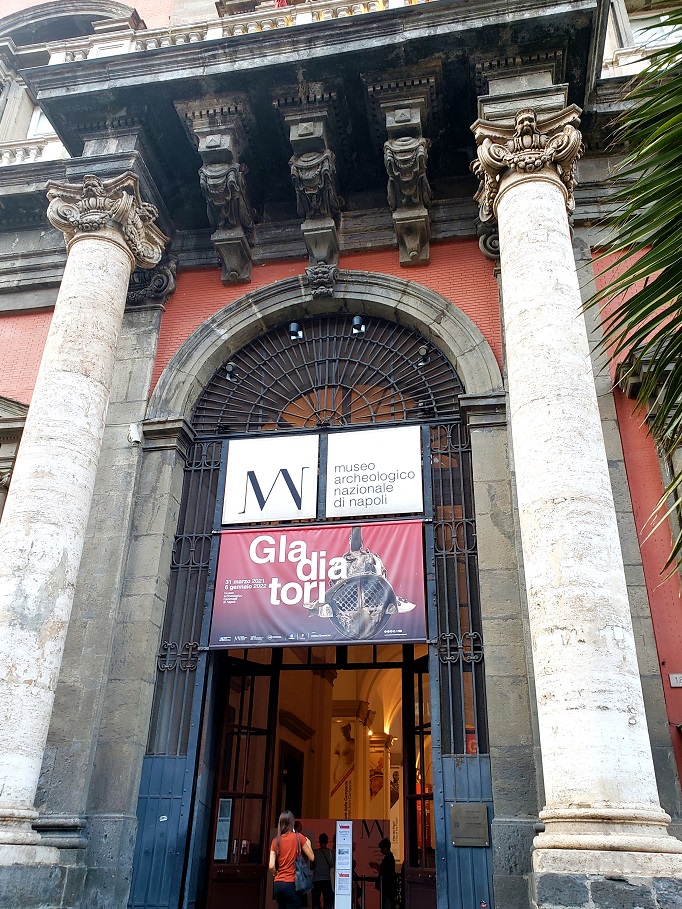
The Naples Archaeological Museum houses a large majority of the artifacts found at Pompeii and Herculaneum and is a definite must do if you’re planning to visit either place. Among these artifacts are numerous frescoes and mosaics taken from houses once buried beneath the ashes of Vesuvius.
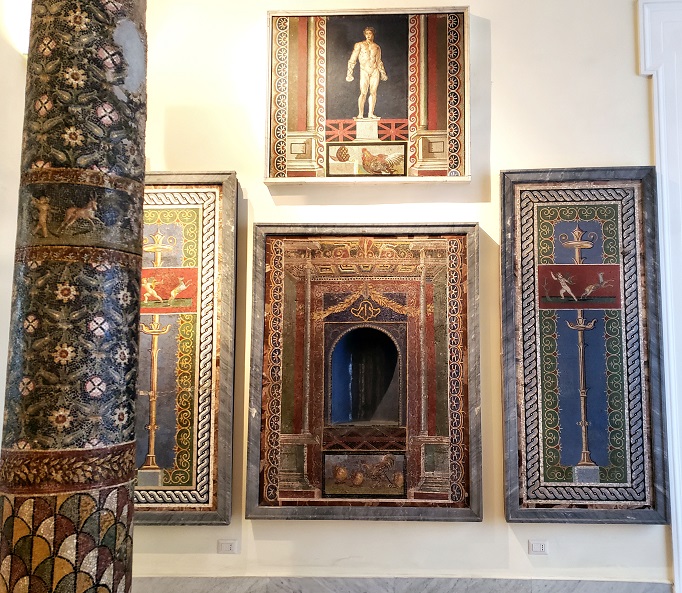
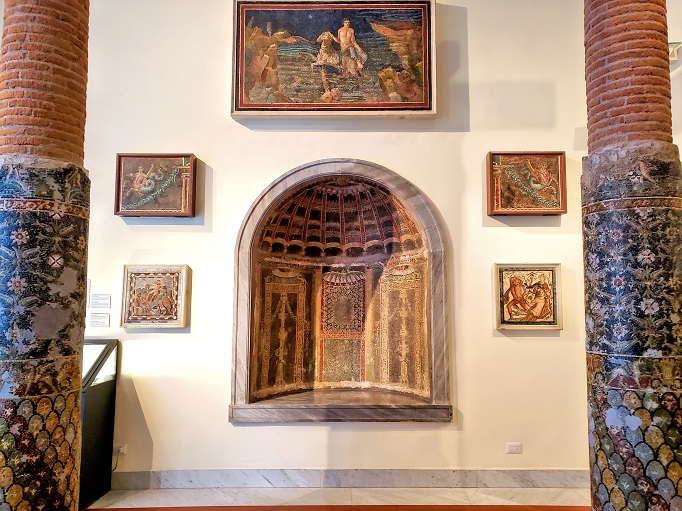

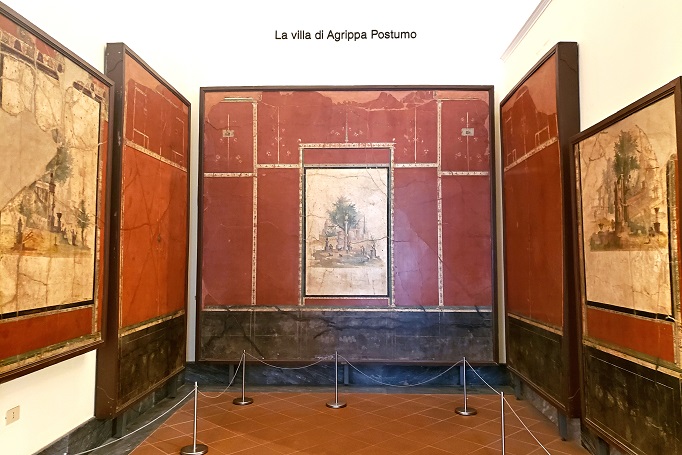

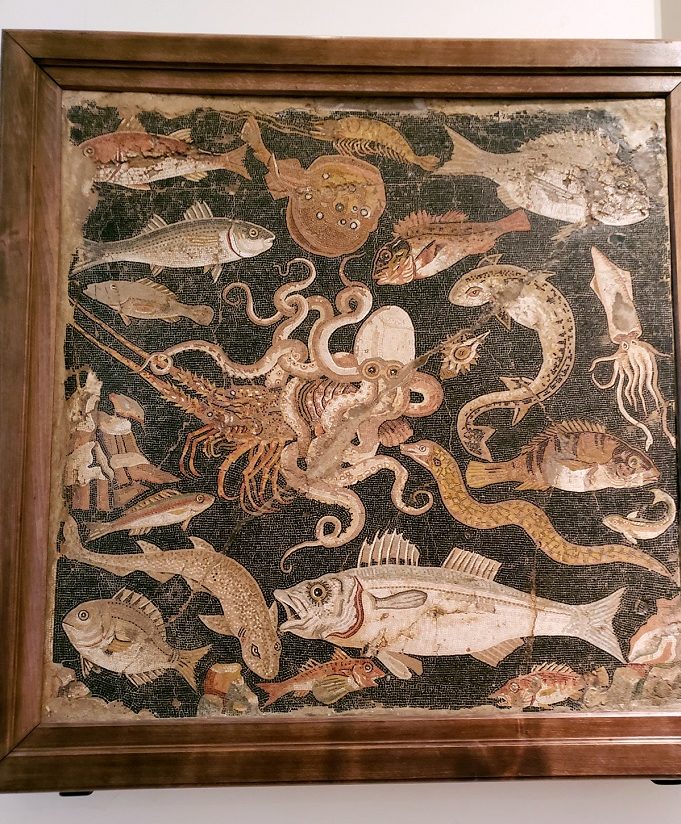
My fifth and final must do also happens to have been my favorite place in Naples, Italy…
5. The Santa Chiara Monastery:
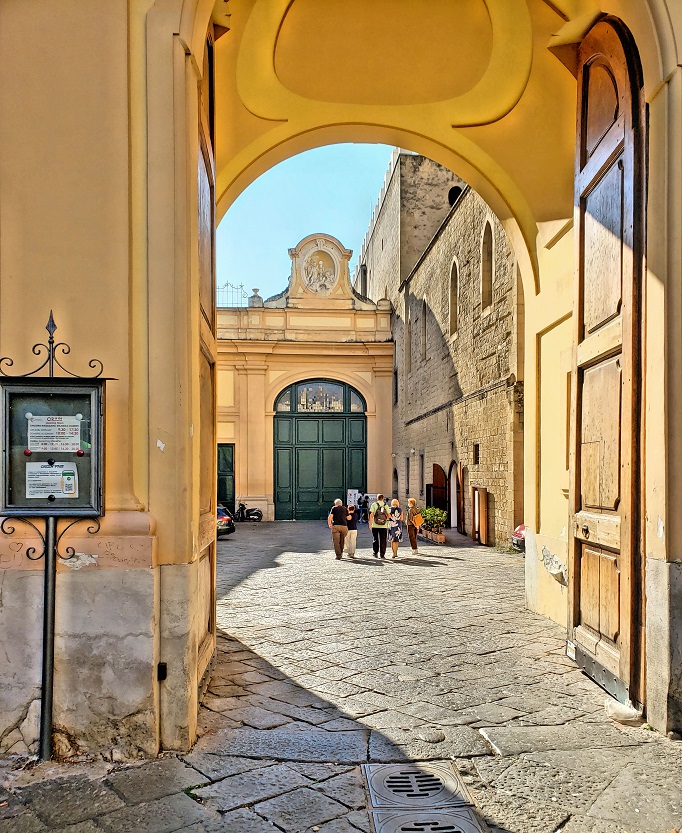
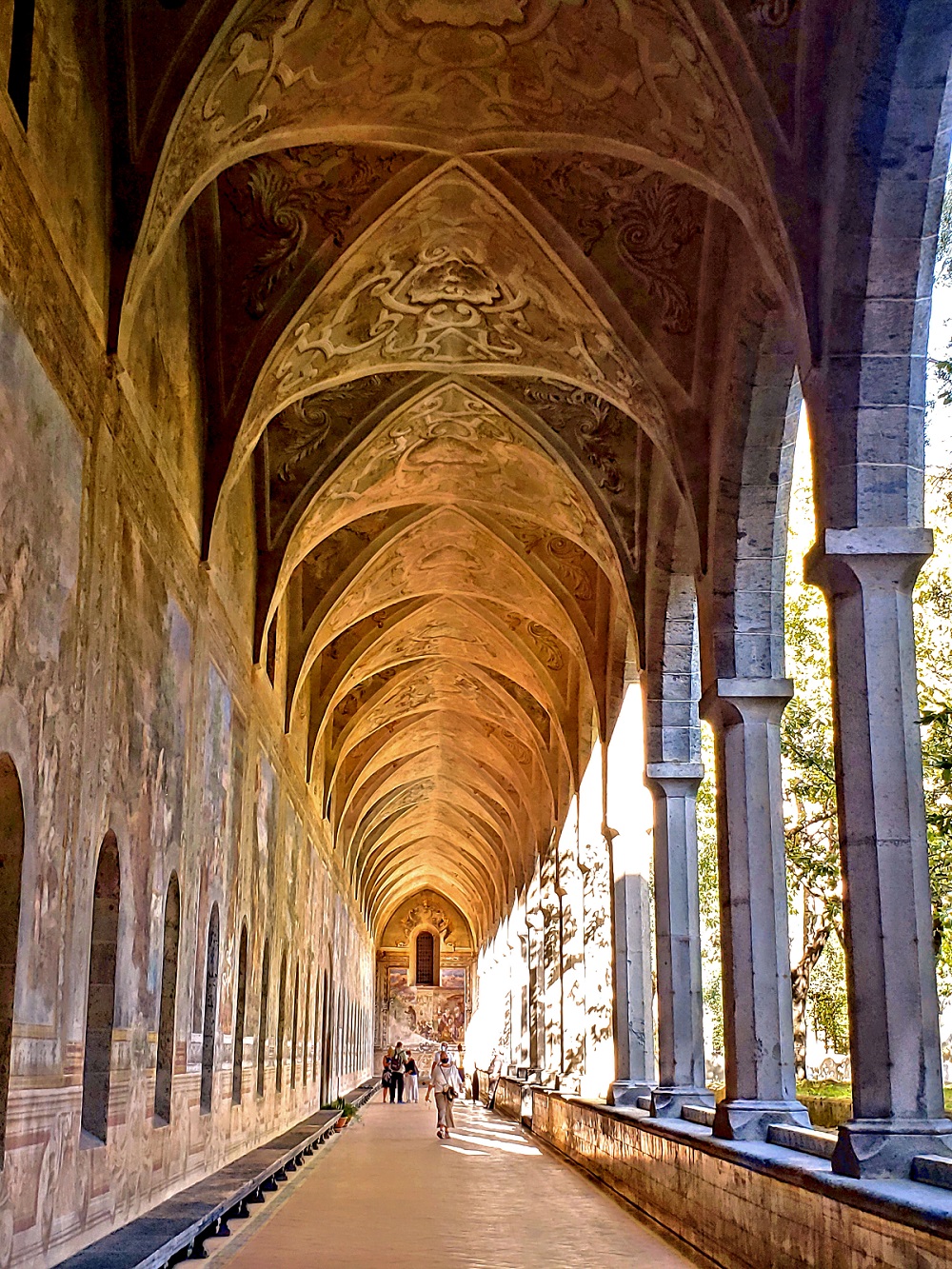
As fun as exploring the streets of Naples can be, the chaos soon wore me out and as my energy faded so too did my perceived charm of Naples. But just as tumultuous Naples started to become too much to take I found my way inside the serenely beautiful cloister of Santa Chiara’s Monastery and found peace. Fading frescos adorn the cloister’s covered walkway, which surrounds the lovely and marvelous majolica tiled columns, benches, and low walls that are integrated into the orchard and gardens.
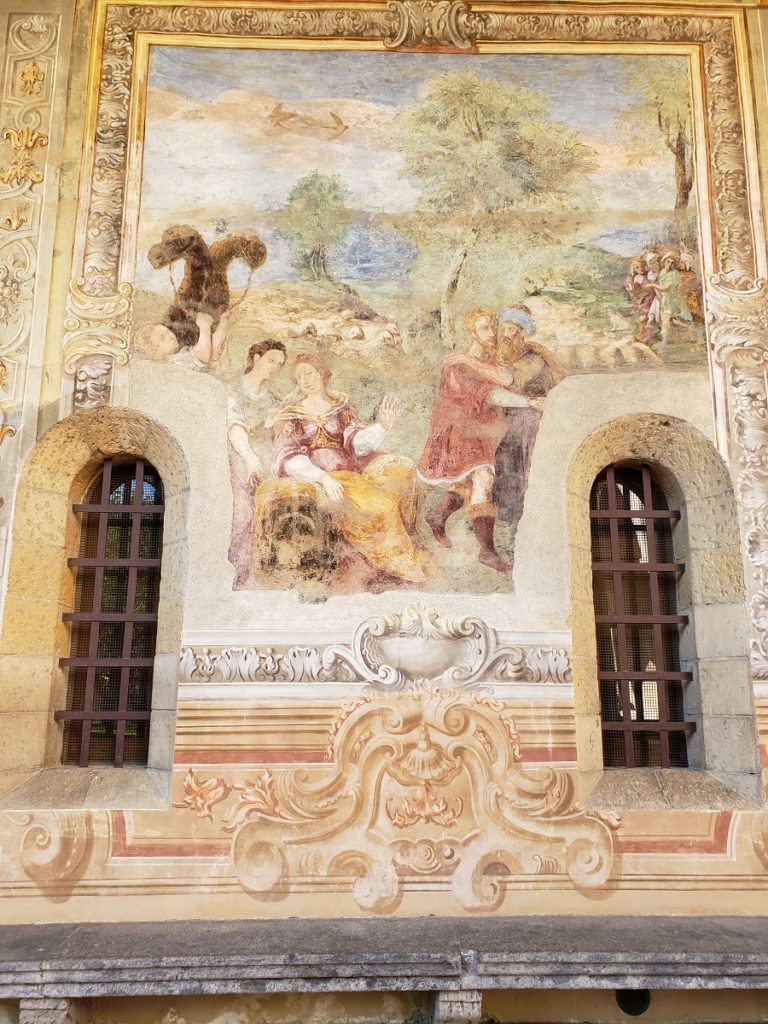
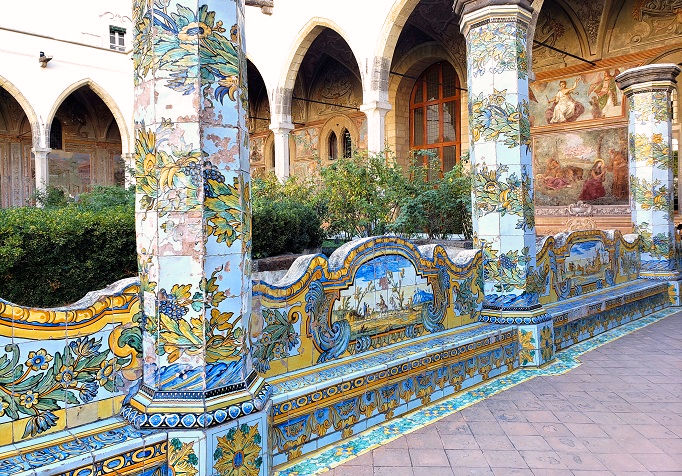
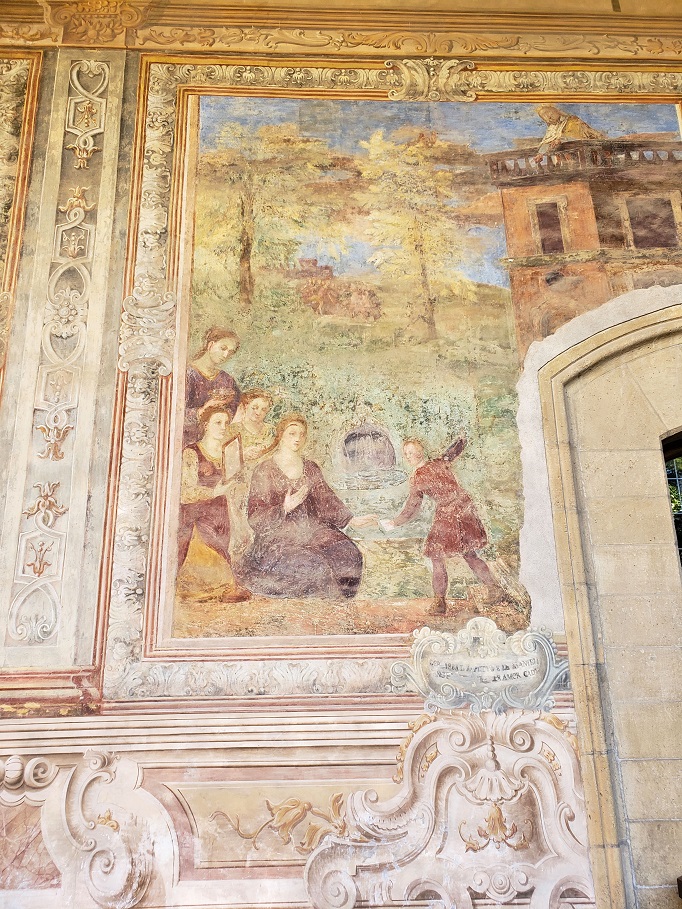
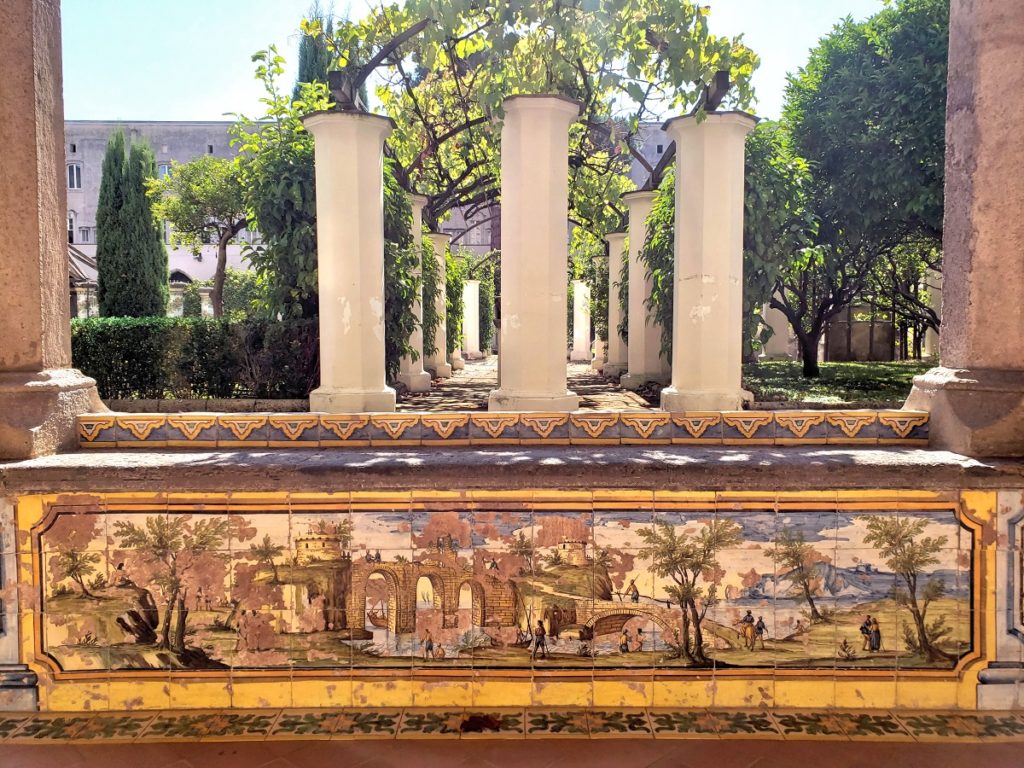
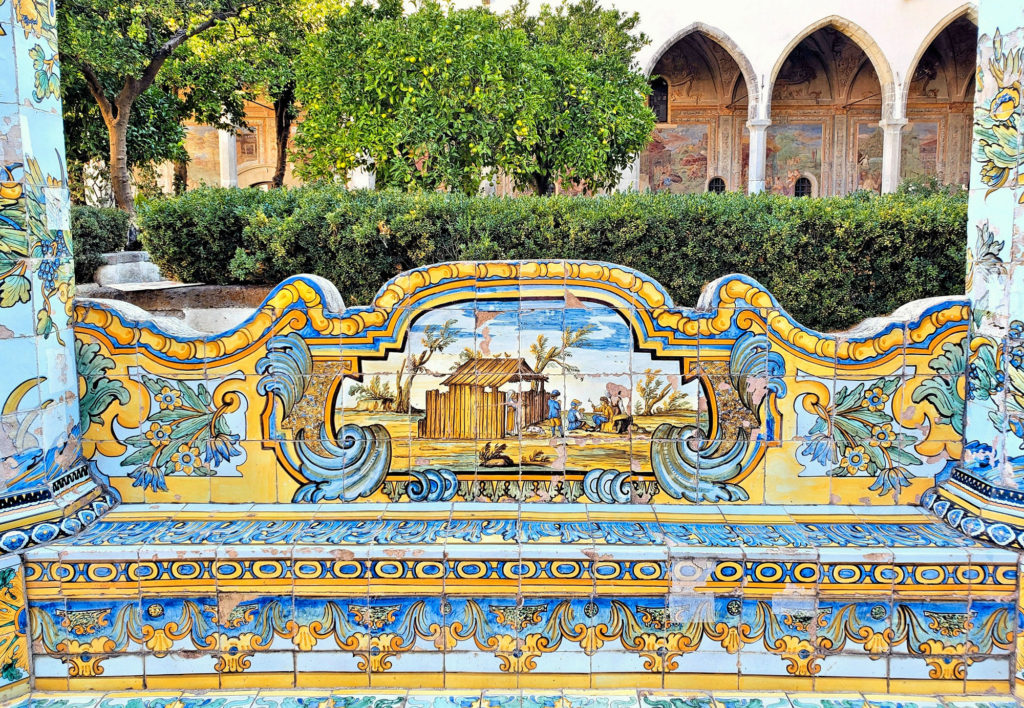
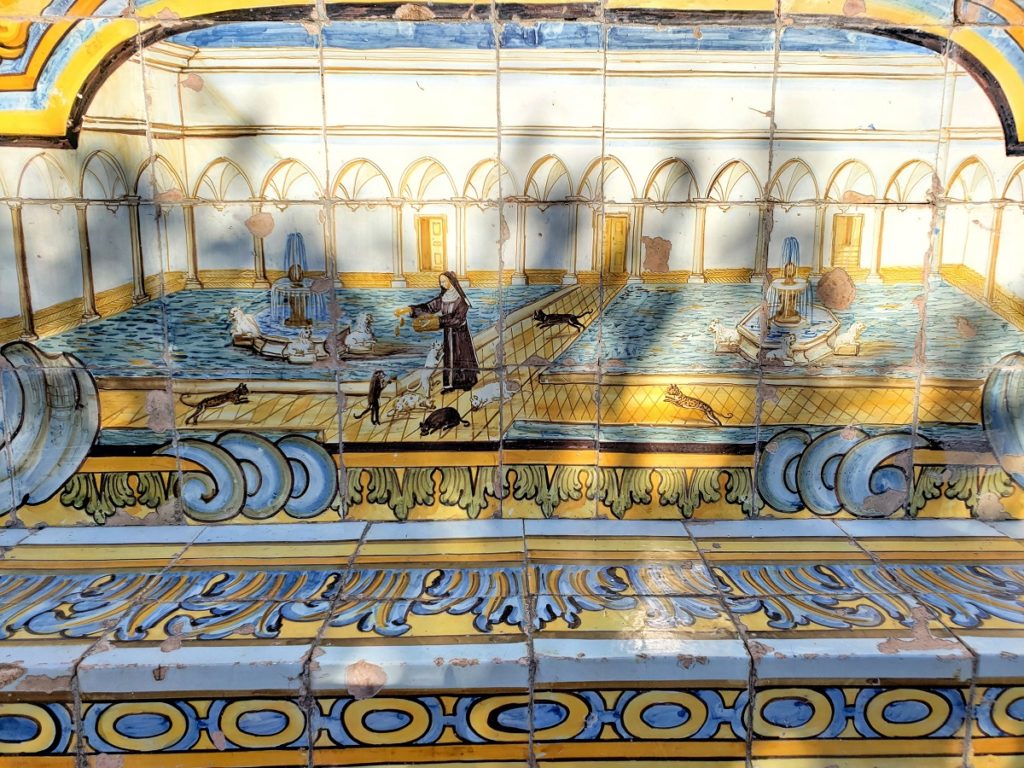
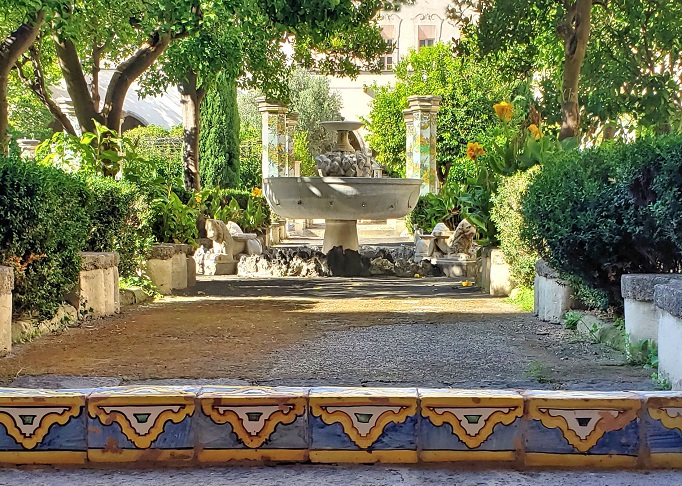
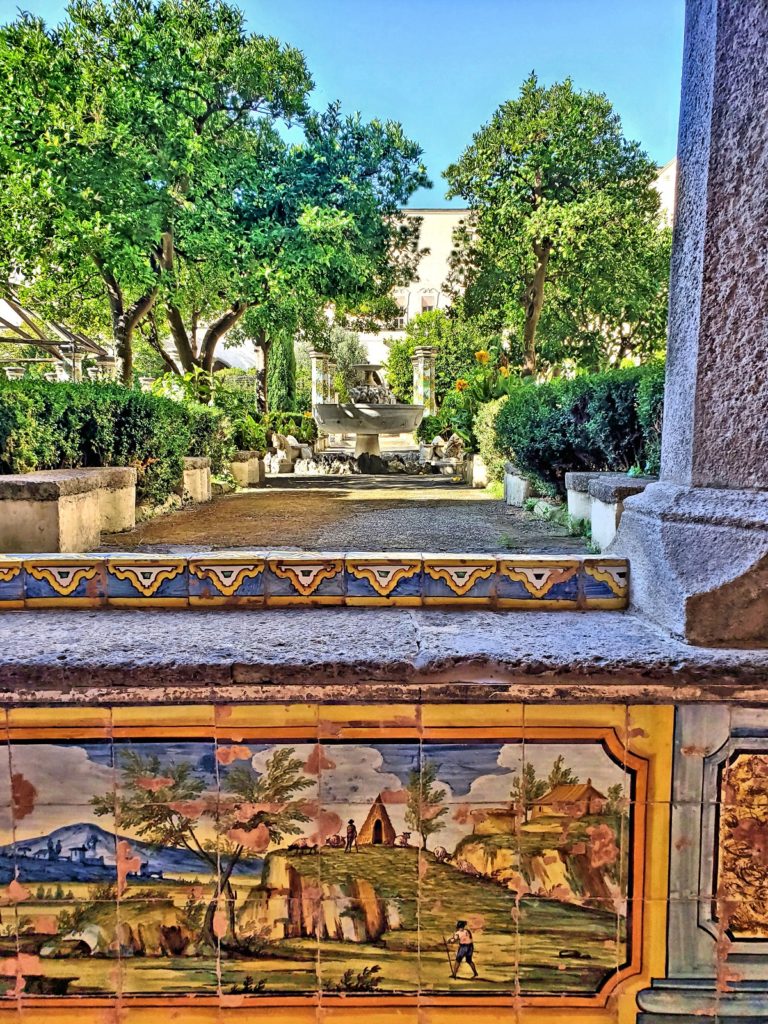
While Santa Chiara was built by King Robert of Anjou and his wife Sancha of Majorca in the early 1300’s the cloister’s splendid Majolica tiles are actually part of a later re-modeling and were added around 1742.
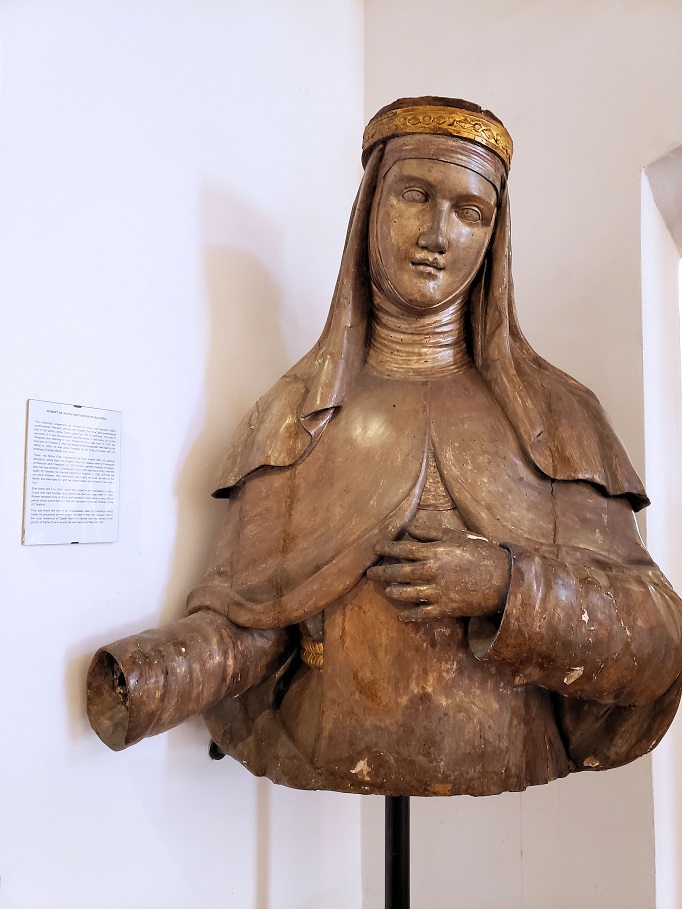
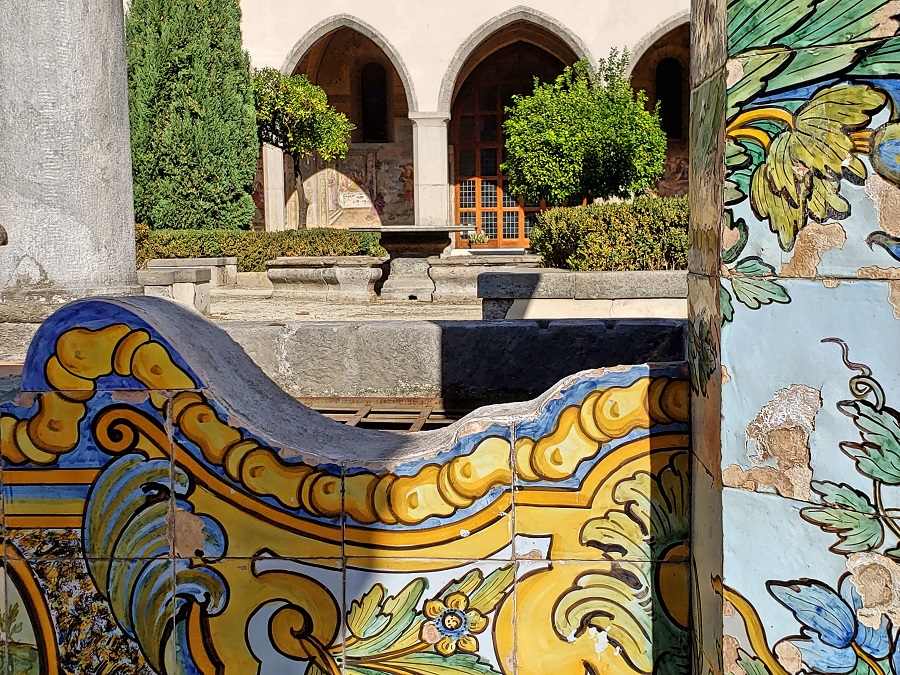
In addition to the monastery and its cloister the Santa Chiara complex consists of the Santa Chiara church, a small but very interesting museum, and also the partial archeological excavations of an ancient Roman Spa.
